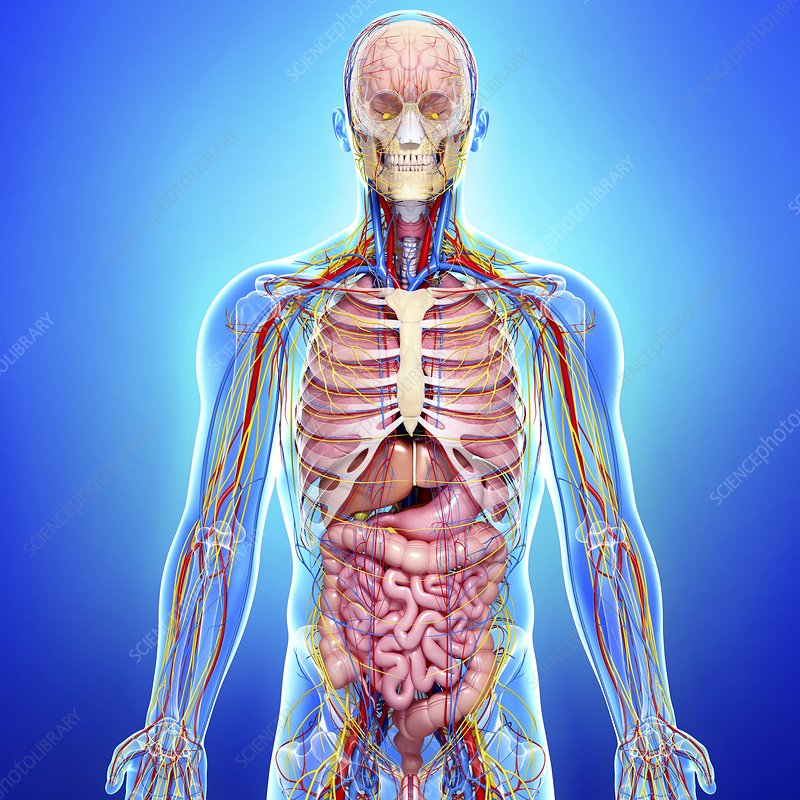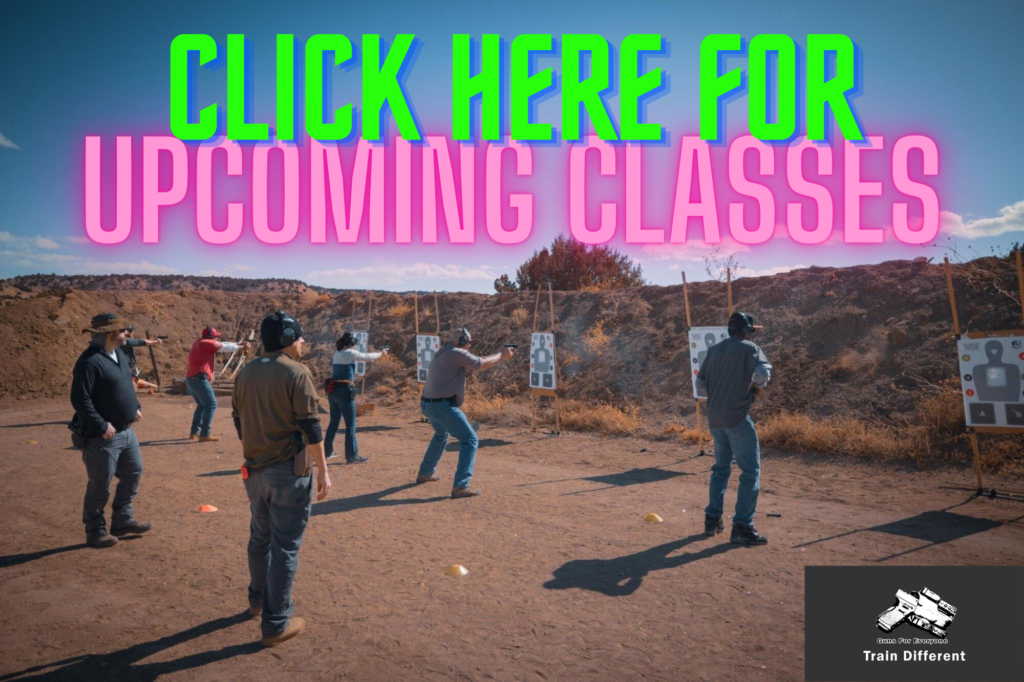Last week, we sent an email defining what Justified means in self defense.
This week we’re going to talk about why it’s so important to understand the human body and how it works when it comes to self defense shooting.
Most people took biology in high school. Most of us have a general idea where the heart, brain and lungs are. Most of us understand that damage to these parts of the body will reduce someone’s ability to function.

But if you own a gun for self defense, this rudimentary understanding of anatomy isn’t enough if you take your personal safety seriously. The human body is amazingly complex as well as resilient and a lot of people are quite surprised when they learn how difficult it can be to stop a threat effectively even with a firearm.
I don’t expect people to get a medical degree but I am constantly amazed at how little is understood by the average gun owner of how the body functions, how it responds to damage and trauma, and how the ammo fired from their guns relates to damage within the human body.
On some level, the gun is a simple machine that is not hard to understand. It fires a bullet at a high rate of speed in the direction it was pointed. If anything is in front of that bullet, it will be damaged. In a fight, it is a force multiplier, meaning it allows a person to exert more damage than would otherwise be physically possible without that tool. Some call it an equalizer, and to some degree I agree. A physically smaller and weaker person can use it to cause death or serious injury against a larger, more skilled opponent. But it is not a magic wand that guarantees that the user will win the fight.
In order to learn how to fight with the tool, we really need to understand the tool, including its limitations. That’s right, the handgun has limitations. In the realm of weapons, handguns are not even close to the top of the list when it comes to damage. Compared to rifles and shotguns, handguns are relatively weak and ineffective. How do we know this? Statistics. 84% of people shot with one round fired from a handgun survive. 68% of people shot with one round fired from a rifle survive. That’s a big difference, especially when we filter out incidents involving suicide.
The reason we carry these lesser tools is convenience. I can have this tool on my person much more easily than a rifle or a shotgun. Since I’m choosing the more convenient tool, I should learn how to use it in a way that leverages its benefits.
To give ourselves the best chance to stop the threat, we need to be prepared to deliver multiple rounds to the threat, as fast as we are able to, until the threat is over. Our training should always reflect what we are preparing for in the real world.
When we are training with our handguns, we train to fire between 3 to 5 rounds at the high center chest as fast as we can accomplish the task with the necessary precision. Why 3 to 5 rounds? In part, the reason is that in order to ensure that our threat is most likely to change his/her behavior, we need to hit the vital area multiple times. The high center chest contains the heart, lungs, aortic arch, aorta and spine. It’s a target rich environment. But it is also well protected by the rib cage, a structure that turns out to do a pretty amazing job at preventing injury to these organs.
Since we cannot predict what a round will do once it starts hitting the inconsistent structures of the human body, we are training to get at least 3 rounds into this vital area. The goal is to cause traumatic bleeding that will significantly impair the bad guy’s ability to continue to be a threat. If we are really lucky, the bullet may strike the spine, possibly causing temporary or permanent paralysis.
Is it possible that one round can cause this type of damage? Absolutely! But based on what we see in the data, the chances are more likely that it won’t. One round may also be enough to cause a psychological stop, meaning that the bad guy changes his mind about fighting. But relying on a psychological stop is basing your self defense plan on luck, and luck isn’t a responsible plan.
We don’t shoot to kill, we shoot to stop. But we want to be sure of our tactics, and part of that means training for the most likely scenarios. To give ourselves the best chance to stop the threat, we need to be prepared to deliver multiple rounds to the threat, as fast as we are able to, until the threat is over. Our training should always reflect what we are preparing for in the real world.
I strongly encourage you to take the chance to train for actual defensive scenarios. Join us for an upcoming class and build the skills that may save your life!

